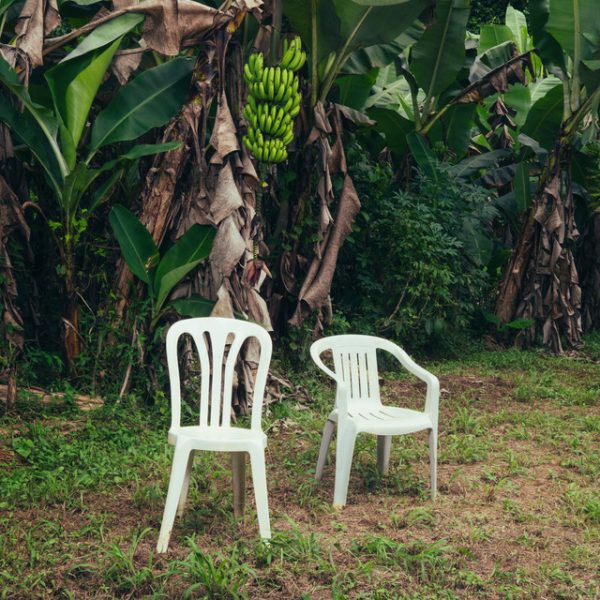Lost in Time: Vivian Maier
“Well, I suppose nothing is meant to last forever. We have to make room for other people. It’s a shell. You get on, you have to go to the end. And then somebody else has the same opportunity to go to the end and so on.” – Vivian Maier
Vivian Maier? Ring a bell? Probably not. Her work was only discovered less than a decade ago. Few people knew of this film photographer who lived both in and out of Chicago for most of her life. But, who is this woman and why is her work so revolutionary?
Vivian was born February 1st, 1926, up until April 21, 2009. She was known as an American street photographer, among other things, but is remembered largely as a quiet woman with a wonderful mind.
Vivian Maier was an American woman, born of French and Hungarian descent, who traveled far and wide, but spent the majority of her life in Europe, New York, and of course, Chicago. She first discovered photography in 1949. In 1956, she moved to Chicago. During which, she became a nanny, and was able to keep up her interest in photography. She would photograph the children she looked after, the homes around her, and the city kiddy corner from her employer.
Still, if you ask the children she babysat, her employers, and the people that knew her, photographer would never be the first title that came to mind when thinking of Maier. Vivian was quirky and was quiet as a mouse. Still, her body of work counted over 100,000 negatives and she only halted her practice of avid picture taking in the 1990’s.
While she was inflicted by poverty later in her life, her unique persona and the memories of the time they spent with her persuaded three of the children she nannied to muster up some money for her to get an apartment. She was like a second mother to them, and they took care of her until her death, including her massive collection of negatives, film reels, and reciprocating what she once did for them.
Fast forward years into the future, her work was only then auctioned off via the many storage lockers that hoarded her negatives and negative sleeves. In 2007, John Maloof, who was incredibly interested by her work, tracked down her life through her photographs in his massive project, which aimed to amass, collect, and organize her art. Already, he has amassed a following and produced 90% of her work into both order and detail.
But why is her photography so special? Vivian’s camera of choice was the Kodak Brownie. This camera allowed the photographer to take photographs without looking directly at the subject. In her photos, Vivian captured a bit of surprise, some incomparable expression. Her candid pictures were produced because of the combination of the camera type and due to the fact that no one knew she was photographing them. Vivian could capture a picture of a little girl walking on Michigan Avenue with her mother, the surprised face of a man looking up at a skyscraper, or a stranger looking out from the window of a car without any staging or prior knowledge. This individualistic sense of style allowed her to take her art to the next level and is the reason why it is still considered a prime example of good, special, and unique street photography.
Known and remembered as the “Mary Poppins” like nanny for her children, her exciting and child like nature, mixed in with her quiet behavior all merge to form drama and add an eccentrically exciting element to her photography. Vivian Maier’s photography will forever influence the idea of street photography, candidness of the art, and how one’s documents and perspective of life can be lost, but never forgotten.

William is currently a senior and is thrilled to be apart of the Glen Bard Editorial Board for his fourth year as the Co-Editor-In-Chief. Besides writing...




